Blossoming Beauty: The Allure of Fresh Roses
Fresh Roses
Blossoming Beauty: The Allure of Fresh Roses. Fresh Roses are beautiful flowers that are often associated with love and romance. They come in various colors, such as red, pink, white, and yellow, and each color carries a different meaning. Roses have been cultivated for centuries and are popular in gardens and floral arrangements. They have a lovely fragrance and are often given as gifts to express affection or admiration.
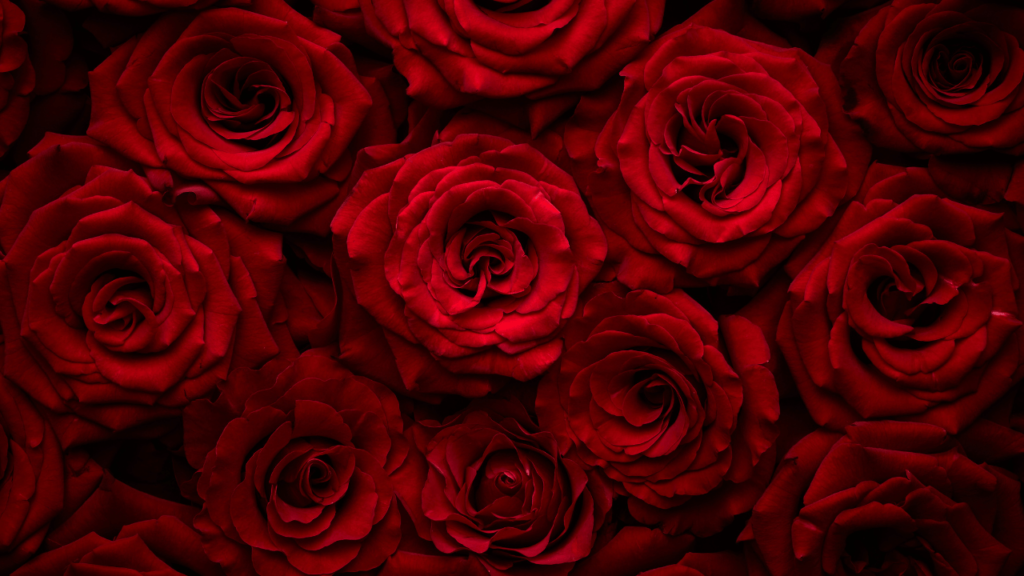
Types Of Roses
Here are some different types of roses, explained in points:
- Hybrid Teas: These roses have large, single blooms on long stems. They often have a classic, elegant appearance and come in a wide range of colors.
- Floribundas: Floribunda roses produce clusters of smaller flowers, creating a beautiful display of color. They are known for their abundant blooms and are generally more compact compared to hybrid teas.
- Grandifloras: Grandifloras are a cross between hybrid teas and floribundas. They have large, showy blooms and can be quite tall. They offer the best of both worlds, combining the elegance of hybrid teas with the abundance of floribundas.
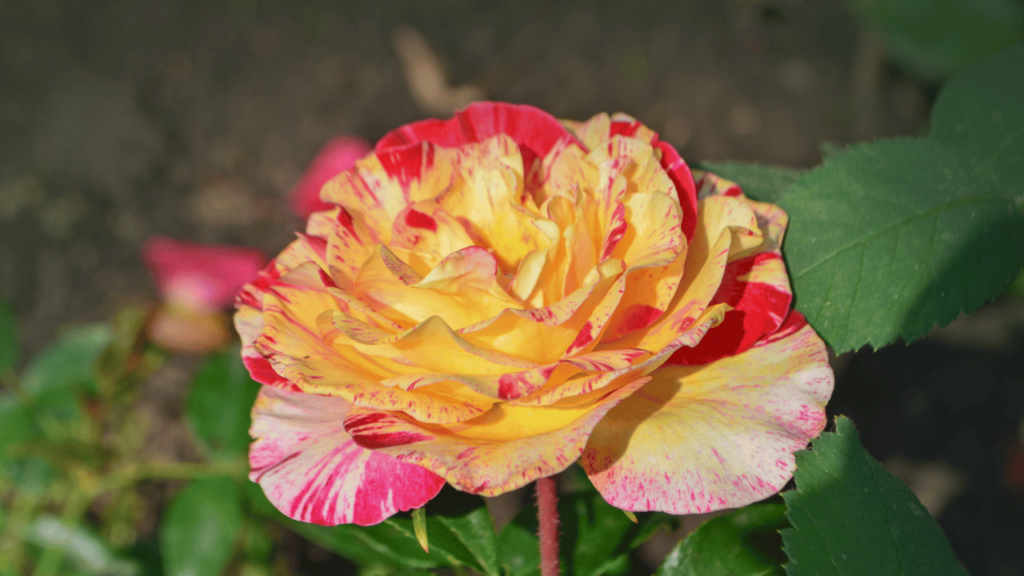
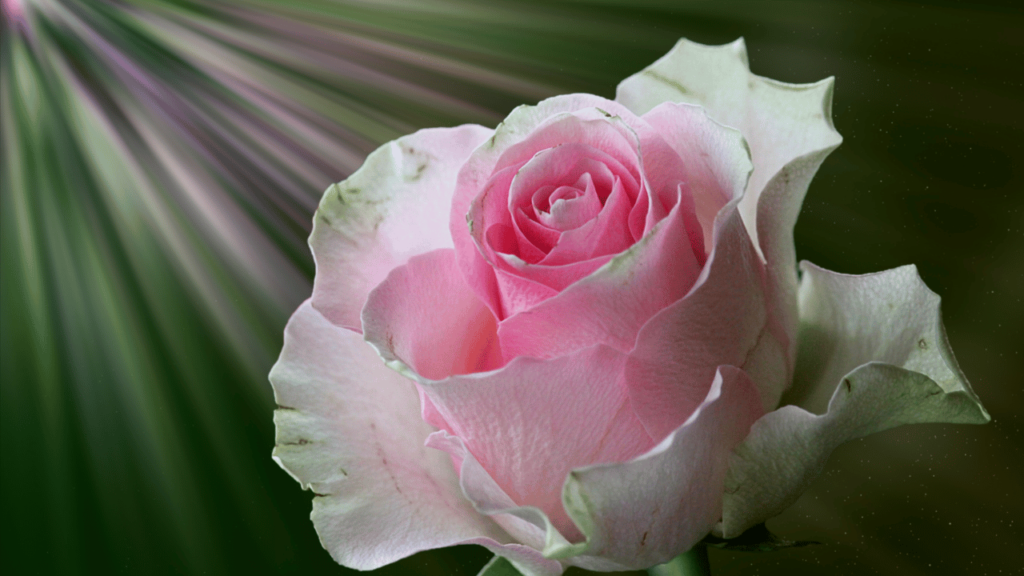
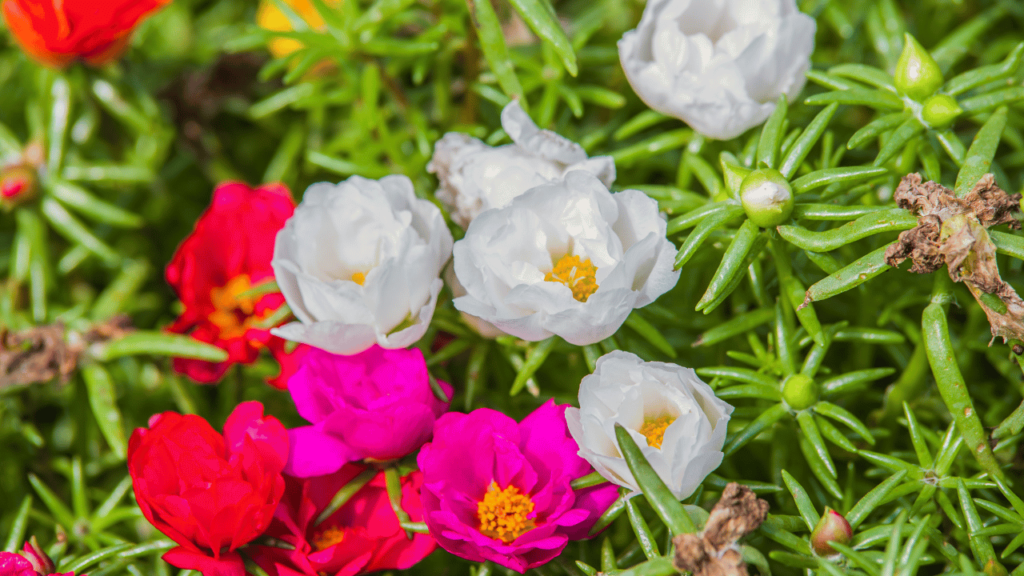
- Climbing Roses: These roses have long, flexible canes that can be trained to grow on trellises, walls, or other structures. They create a stunning vertical display and are perfect for adding height and beauty to gardens.
- Shrub Roses: Shrub roses are known for their hardiness and ability to thrive in various conditions. They are typically low-maintenance and offer a wide range of flower forms and colors. Shrub roses are great for creating a more natural, informal look in gardens.
Each type of rose has its unique characteristics and beauty, making it a wonderful addition to any garden or floral arrangement.
Cultivation of Roses
Roses are present in numerous countries across the globe. They are cultivated and grown in many different regions due to their popularity and beauty. Some countries known for their rose production include:
- Netherlands: The Netherlands is famous for its extensive flower industry, including roses. The country is known for its high-quality rose cultivation and exports.
- Ecuador: Ecuador is one of the largest exporters of roses globally. The country’s favorable climate and high-altitude regions provide ideal conditions for growing roses.
- Colombia: Colombia is another major producer and exporter of roses. The country’s diverse climate and fertile soil contribute to the growth of vibrant and long-lasting roses.
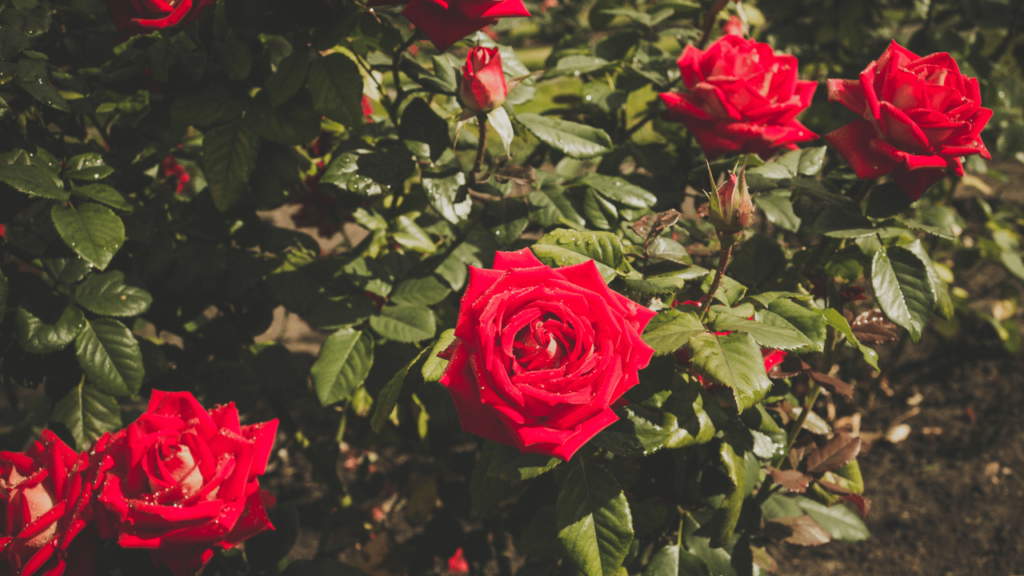
- Kenya: Kenya has emerged as a significant player in the global rose industry. The country’s favorable climate, high-altitude farms, and advanced greenhouse technology enable the production of high-quality roses.
- India: India has a rich tradition of rose cultivation, and the country is home to several varieties of roses. Regions like Bangalore, Pune, and Jaipur are known for their rose gardens and production.
These are just a few examples, and roses can be found in many other countries as well.
Uses Of Roses
Roses have a wide range of uses and are beloved for their beauty and fragrance. Some common uses of roses include:
- Ornamental purposes: Roses are often grown and used as decorative flowers in gardens, bouquets, and floral arrangements. They contribute a sense of elegance and romance to any environment.
- Perfumes and fragrances: The essential oils extracted from roses are used in the production of perfumes, colognes, and other scented products. The sweet and delicate scent of roses is highly sought after.
- Culinary delights: Certain varieties of roses, such as the Rosa damascena, are used in cooking and baking. Rose petals can be used to infuse flavor into dishes, make rose water, or create delicious desserts like rose-flavored macarons.
- Medicinal purposes: Roses have been used in traditional medicine for centuries. Rosehip, the fruit of the rose plant, is rich in vitamin C and antioxidants. It is often used to make herbal teas, jams, and skincare products.
- Symbolic meanings: Roses are often associated with love, beauty, and passion. They are commonly given as gifts on special occasions like Valentine’s Day or anniversaries to express affection and admiration.
- Herbal remedies: Rose petals are known for their calming properties and are used in herbal remedies to promote relaxation and relieve stress. Rose tea or rose-infused oils can be used for aromatherapy or in bath products.
- Skincare products: Rose extracts and oils are commonly used in skincare products due to their moisturizing, soothing, and anti-inflammatory properties. Rosewater is often used as a natural toner or facial mist.
- Culinary garnish: Rose petals can be used as a beautiful and edible garnish for various dishes, including salads, desserts, and cocktails. They add a touch of elegance and a delicate floral flavor.
- Natural dyes: Roses can be used to create natural dyes for fabrics and other materials. The petals are boiled to extract the color, which can be used to dye clothing, yarn, or even create artwork.
- Potpourri and sachets: Dried rose petals are commonly used in potpourri mixtures and sachets to add a pleasant fragrance to drawers, closets, and living spaces. They can also be used in homemade scented candles.
These are just a few more examples of the versatile uses of roses. Whether it’s for beauty, fragrance, or even culinary purposes, roses continue to captivate us with their many applications
Rose Water
Rose water is made from roses through a process called steam distillation. Here is a straightforward explanation of the process:
- Harvesting: The rose petals are carefully harvested when they are at their peak, usually early in the morning when the fragrance is the strongest.
- Preparation: The petals are then thoroughly cleaned to remove any dirt or impurities.
- Distillation: The cleaned petals are placed in a large still or distillation apparatus. Add water and heat the mixture. As the water boils, steam is generated, which passes through the petals, picking up their essential oils and fragrance.

- Condensation: The steam containing the rose oils and fragrance is then cooled and condensed back into a liquid form. This liquid is rose water.
- Collection: The rose water is collected and stored in bottles or containers for later use.
It’s important to note that the quality of the roses used and the distillation process can affect the final product. Rose water is commonly used in cooking, skincare, and even as a natural perfume. It has a delicate floral scent and can add a lovely touch to various recipes and beauty routines.
Uses Of Rose Water
Rose water has a wide range of uses and benefits. Here are a few common methods for utilizing rose water:
- Skincare: Rose water is known for its soothing and hydrating properties. It can be used as a natural toner to help balance the skin’s pH, calm irritation and reduce redness. You can apply it to your face with a cotton pad or use it as a refreshing facial mist.
- Aromatherapy: The gentle and floral scent of rose water can have a calming effect on the mind and promote relaxation. You can add it to a diffuser or spray it in your room to create a soothing atmosphere.
- Cooking and beverages: Rose water is used in various culinary creations. It can be added to desserts like cakes, pastries, and ice creams to impart a delicate floral flavor. It’s also popular in beverages like teas, lemonades, and cocktails.
- Haircare: Rose water can be used as a natural conditioner and hair mist. It helps to hydrate and soften the hair, leaving it smelling lovely. You can spray it onto your hair after washing or use it as a final rinse.
- Refreshing mist: Rose water can be used as a refreshing facial mist throughout the day to hydrate and revitalize the skin. It’s especially great during hot weather or as a pick-me-up during long days.
Remember, these are just a few examples of the many uses of rose water. It’s a versatile and delightful product to have on hand.